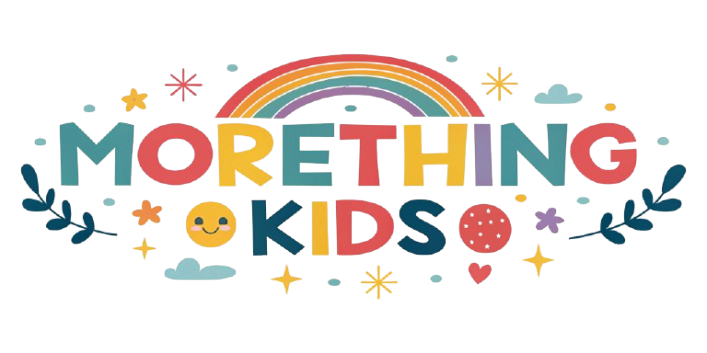TikTok Returns to U.S. App Stores: Ban Clouds Dissipate and Ambitious Growth Targets Take Shape
Part 1: Ban Clouds Clear – TikTok Reinstated on U.S. App Store
Apple has announced that TikTok is back on the U.S. App Store, while reports confirm its return to Google Play as well. Earlier today, it was revealed that Apple would reinstate TikTok on Thursday, local time, following a letter from U.S. Attorney General Pam Bondi. This marks a significant turnaround for the app, which faced a turbulent start to the year.
In January 2025, both Apple and Google removed TikTok from their app stores to comply with a law banning apps owned by TikTok’s parent company, ByteDance. This followed an executive order signed by President Donald Trump on January 20, which instructed the Department of Justice to refrain from enforcing the ban for 75 days. Despite this reprieve, Apple and Google had hesitated to restore TikTok, wary of potential multi-billion-dollar fines. The app’s sudden return to both platforms this week may owe much to Trump’s influence. According to Reuters, on February 13, Trump hinted that the 75-day extension could be prolonged further, though he added, “It might not be necessary.” Throughout his 2024 presidential campaign, Trump voiced support for TikTok, and in a recent Oval Office address, he reiterated his desire for a deal to keep the app operational in the U.S. He even credited TikTok with helping him secure victory in the 2024 election.
Meanwhile, foreign media reports suggest TikTok’s CEO has hinted at potential layoffs amid ongoing negotiations with Trump’s team. Insiders say Apple’s decision to reinstate TikTok followed Bondi’s letter, signaling a shift in the legal landscape.
Part 2: Defying the Odds – TikTok’s 200% Growth Target and Strategic Ambitions
Despite its earlier removal from U.S. app stores, TikTok’s e-commerce arm has continued its aggressive expansion. In 2024, TikTok’s e-commerce business raked in over $40 billion in sales, with Southeast Asia accounting for more than 50%—around $30 billion—while the U.S. market underperformed expectations. Looking ahead, TikTok’s e-commerce team has set an ambitious goal of nearly 100% growth for the coming year, with the U.S. market targeted for a staggering 200% increase.
Strategically, the U.S. remains a cornerstone of TikTok’s e-commerce plans. As the world’s largest advertising and retail market, success here could provide the funds needed to compete with giants like Google and Meta. TikTok’s team has even modeled a worst-case scenario of exiting the U.S. entirely, with one e-commerce insider noting that such a move would shift focus to Southeast Asia. However, while Southeast Asia boasts decent e-commerce penetration, its consumer spending power pales in comparison to the U.S., and its growth potential is far less promising. In 2024, TikTok’s U.S. e-commerce business, after just one year, achieved daily sales of roughly $20 million—nearly matching Indonesia’s three-year-old operation. The average U.S. order value stands at $30, dwarfing Indonesia’s $5.
Other markets like Europe, Australia, and the Middle East offer even less optimism. When TikTok launched its e-commerce venture, it set a bold target: to become the second-largest player in the U.S. behind Amazon and the top player in Southeast Asia. “If given enough time and patience, TikTok could absolutely pull this off,” one employee remarked, likening the journey to the decades Amazon and Shein spent perfecting their supply chains. “It’s just a question of whether it happens in one year or five—no one can predict how long this product has.”
With the ban threat fading and Trump’s backing in play, TikTok’s return to U.S. app stores could be the catalyst it needs to chase its lofty goals. For now, the app’s future looks brighter—and more ambitious—than ever.













